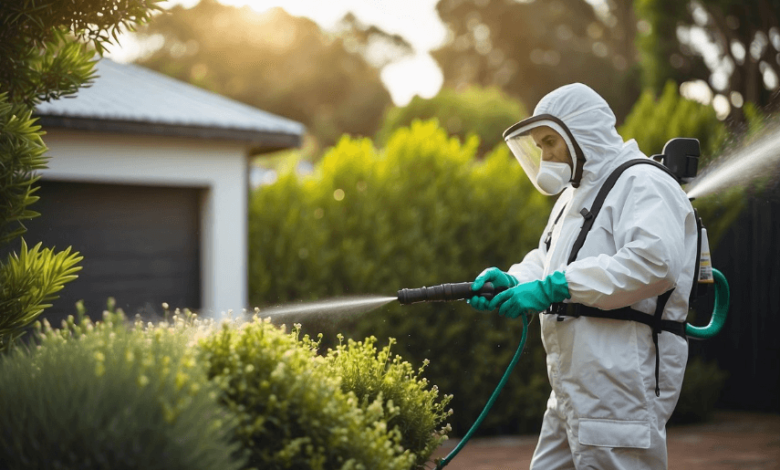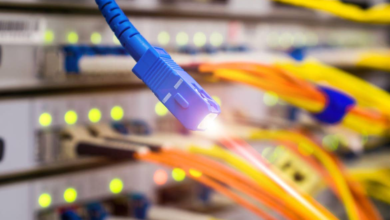How AI Is Transforming Pest Control: A Smarter, Safer Approach

For decades, pest control has relied on manual inspections, chemical treatments, and reactive solutions. But in the digital age, even pest management is getting a tech upgrade. Artificial Intelligence (AI) is now being integrated into pest control systems, offering smarter, faster, and more efficient ways to keep unwanted pests at bay. The idea of “AI for pest control” might sound futuristic, but it’s already becoming a reality—redefining the industry from the ground up.
The Rise of AI in Pest Management
The integration of ai for pest control isn’t just about automation; it’s about intelligence. Traditional methods often depend on human observation and guesswork, which can lead to inconsistent results. AI, on the other hand, leverages data, pattern recognition, and machine learning to predict and prevent infestations before they become serious problems.
In large-scale agricultural settings, warehouses, and even urban buildings, AI systems are being used to monitor environments 24/7. Sensors, cameras, and data analytics work together to detect changes in pest activity, environmental conditions, and potential breeding grounds—all in real-time.
See also: What You Need to Know About Tree Removal Services
Real-Time Detection with Smart Cameras and Sensors
One of the most promising applications of AI for pest control is image recognition. High-definition smart cameras powered by machine learning algorithms can now identify specific pests—such as rodents, cockroaches, or termites—based on movement patterns and visual characteristics. These systems can instantly alert building managers or pest control teams when a threat is detected, allowing for quicker response times and more targeted treatments.
For example, a smart trap embedded with AI can differentiate between a rat and a harmless animal like a squirrel. This avoids unnecessary use of chemicals and improves the precision of the response.
Predictive Analytics and Pest Forecasting
AI doesn’t just detect pests—it can also predict their behavior. By analyzing historical data, weather conditions, and seasonal trends, AI models can forecast where and when infestations are likely to occur. This predictive capability allows businesses to take preventive measures, such as sealing entry points or scheduling treatments ahead of time.
In agriculture, this means healthier crops with fewer pesticide applications. In commercial properties, it leads to reduced damage and fewer customer complaints. The result is a more proactive, cost-effective approach to pest control.
Eco-Friendly and Targeted Solutions
AI also supports the growing demand for environmentally friendly pest control. Rather than relying on blanket chemical sprays, AI systems can guide technicians to use smaller, more targeted applications. This reduces the environmental impact and minimizes human exposure to toxic substances.
Some companies are even experimenting with AI-powered drones that can detect pest populations in open fields and release natural predators or organic treatments only where needed. It’s a win-win for both businesses and the environment.
Data-Driven Decision Making
Another major benefit of using AI for pest control is the wealth of data it provides. Facility managers, farmers, and pest control companies can access dashboards showing pest activity levels, response effectiveness, and treatment histories. Over time, this data helps refine pest control strategies, reduce costs, and improve long-term outcomes.
AI-powered platforms can even integrate with smart building systems or agricultural management software, creating a fully connected ecosystem that manages everything from lighting to humidity to pest threats.
The Future of Pest Control Is Smart
The adoption of AI in pest control is still in its early stages, but it’s advancing rapidly. As more companies recognize the advantages—greater accuracy, lower costs, and reduced environmental impact—the technology will become a standard part of modern pest management.
From farms to skyscrapers, AI for pest control is not just a trend—it’s the future. By embracing this smart technology, businesses can protect their assets more effectively while contributing to a safer and more sustainable world.




